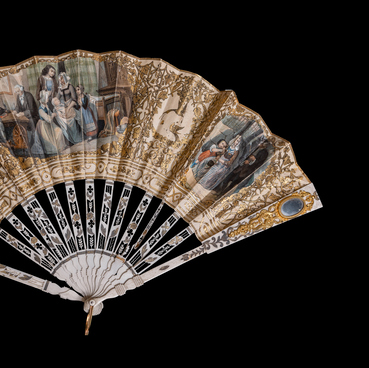A universal astronomical clock, presented in the collection of the Ivanovo Museum of Local History is rightfully considered one of the gems of Dmitry Gennadievich Burylin’s collection.
The museum in the city of Ivanovo-Voznesensk was founded by Dmitry Burylin, who bought the clock in 1911 at an auction in Saint Petersburg for 3000 rubles in gold. The history of this item is still keeping its secrets. It is believed that the clock was built in 1873 (according to the legend on the dial) in Paris. Therefore, for a long time it was assumed that Albert Billeter — the maker of the clock — was French. This was not the case, though. Albert Billeter, was born supposedly in 1815 in Männedorf, a municipality in the canton of Zürich in Switzerland. He learned his trade in a well-known center of clockmaking La Chaux-de-Fonds. In the 1850s, Billeter moved to Spain where he built several more clocks. In particular, he created the astronomical clock for the Parliament of Madrid (1854–1857), for the Royal Academy of Sciences and Arts of Barcelona (1859–1869) and for Barcelona Cathedral (1865). It is no accident that Albert Billeter’s work bears the traces of Spanish culture: his company and workshops were located in the Gracia neighborhood of Barcelona.
The clock is kept in a glassed polished case made
of fine wood. The case is 3 meters wide and 2.6 meters high. The central part
shows the movement of the Earth and other planets around the Sun. There is also
the main dial showing time in Paris. On the left and on the right of the
astronomical part there are the chronological and geographical parts. The
chronological part contains the mechanical calendars — the Gregorian, Julian,
Jewish and Islamic. The geographical part consists of three dozen dials showing
standard time in 37 cities of Europe, Asia, Africa, America and Australia. The
clock can also indicate several other special values related to astronomy. Each
of its three parts contains its own mechanism with a pendulum. Most springs had
to be wound up at least once a week, but some mechanisms could be working
independently for over a year.


